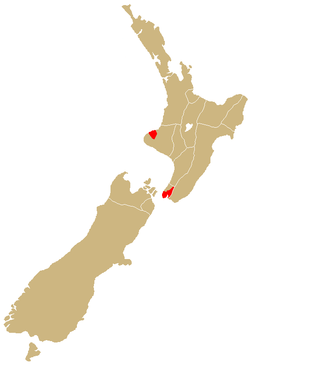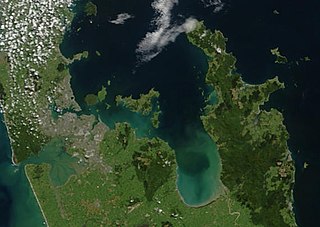| Part of a series on |
| New Zealand law |
|---|
 |
This is a partial list of statutes of New Zealand for the period of the Fifth Labour Government of New Zealand up to and including part of the first year of the Fifth National Government of New Zealand.
| Part of a series on |
| New Zealand law |
|---|
 |
This is a partial list of statutes of New Zealand for the period of the Fifth Labour Government of New Zealand up to and including part of the first year of the Fifth National Government of New Zealand.
Plus 75 acts amended and one act repealed.
Plus 55 acts amended and one act repealed.
Plus 43 acts amended
Plus 82 acts amended and two acts repealed.
Plus 77 acts amended
Plus 100 acts amended
Plus 67 acts amended
The above list may not be current and will contain errors and omissions. For more accurate information try:
Claims and settlements under the Treaty of Waitangi have been a significant feature of New Zealand politics since the Treaty of Waitangi Act 1975 and the Waitangi Tribunal that was established by that act to hear claims. Successive governments have increasingly provided formal legal and political opportunity for Māori to seek redress for what are seen as breaches by the Crown of guarantees set out in the Treaty of Waitangi. While it has resulted in putting to rest a number of significant longstanding grievances, the process has been subject to criticisms including those who believe that the redress is insufficient to compensate for Māori losses. The settlements are typically seen as part of a broader Māori Renaissance.

Te Arawa is a confederation of Māori iwi and hapū of New Zealand who trace their ancestry to the Arawa migration canoe (waka). The tribes are based in the Rotorua and Bay of Plenty areas and have a population of around 60,117 according to the 2018 census making it the 6th biggest iwi in New Zealand. The Te Arawa iwi also comprises 56 hapū (sub-tribes) and 31 marae.

Te Āti Awa is a Māori iwi with traditional bases in the Taranaki and Wellington regions of New Zealand. Approximately 17,000 people registered their affiliation to Te Āti Awa in 2001, with around 10,000 in Taranaki, 2,000 in Wellington and around 5,000 of unspecified regional location.

Ngāti Pāoa is a Māori iwi (tribe) that has extensive links to the Hauraki and Waikato tribes of New Zealand. Its traditional lands stretch from the western side of the Hauraki Plains to Auckland. They also settled on Hauraki Gulf islands such as Waiheke.

Ngāti Whātua o Kaipara is a Māori iwi (tribe) and hapū (sub-tribe) of New Zealand, which is part of the larger Ngāti Whātua iwi. The iwi's rohe is focused around the southern Kaipara Harbour in the Auckland Region of New Zealand. Ngāti Whātua have been present in the Kaipara Harbour since the arrival of the Māhuhu-ki-te-rangi migratory waka, gradually moving towards the north. By the 17th century, Ngāti Whātua reestablished a presence in the southern Kaipara Harbour.
Co-governance in New Zealand consists of various negotiated arrangements where Māori people and the Crown share decision-making, or Māori exercise a form of self-determination through a devolution of state power. Notable examples include the co-management of natural resources as part of the provision of Māori social services by Māori-focused entities, and statutory Māori representation in local government bodies. In addition Treaty of Waitangi settlements from 2008 often had co-governance agreements where the iwi involved worked with significant rivers, watersheds, coastlines and landmarks.